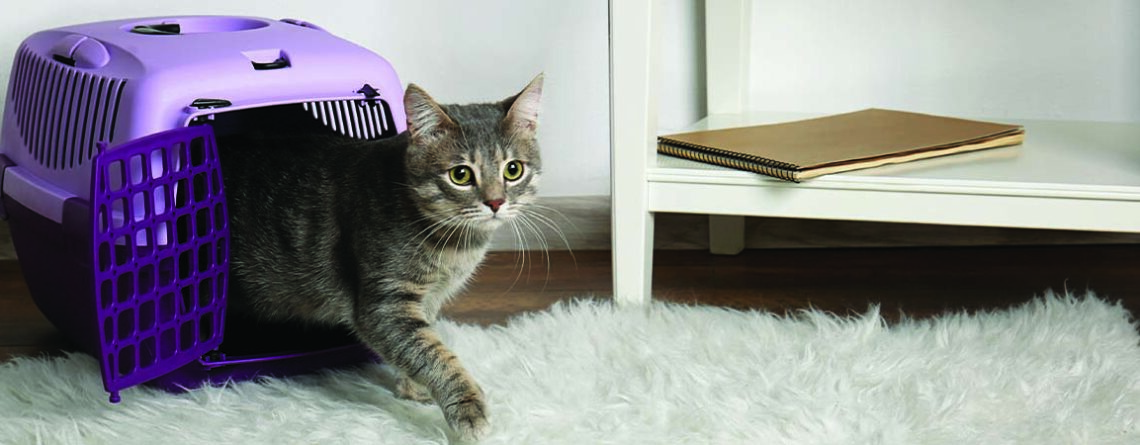Introducing a New Cat into your Home
Welcoming a new cat into your home is an exciting time, but for the cat, adjusting to a new home can be a tense and frightening experience. It’s essential to remember that bringing a new feline friend into your home requires careful planning, consideration, and a lot of patience.
In this blog post, we’ll show you how you can help your kitty settle into their new home, what to expect in their first few nights, and how to make them feel safe, secure, and welcome!
The First Nights
Make sure you set your cat up in a quiet room, away from any foot traffic of the household and other pets. Prepare blankets, toys, water, hiding spaces, and a comfy spot in this room. Their litter tray should be placed in the corner, away from the door, their food and water bowls, bed, and hiding spot.
Some cats may be want to snuggle up to people right away, but in a new environment, most will need time and space to ensure their surroundings are safe and establish everything they need. Cats tend to prefer beds and resting spots in elevated places so they can see what’s going on around them. Give your kitty a choice of levels when it comes to sleeping habits, and always clear any valuables off high up shelves in the room!
During the first day, if possible, only handle your kitten if they initiate it. Cats are creatures that prefer to be in control, so it is a good idea to only interact with them in a gentle and calm way on their own terms.

Sleeping arrangements
Most cats choose several favorite sleeping spots where they can be comfortable, cosy and warm. Choose from a range of cosy cat beds here; or, alternatively, a warm box or basket lined with soft, washable bedding and placed in a quiet corner makes for a decent cat bed.
Some cats enjoy continually picking new (and often surprising) sleeping spots. If you allow your cat to sleep on furniture, a washable cover can be placed over favorite spots. A cat’s sleeping spot should be respected as his own; don’t allow children to disturb your cat when he is resting. A happy cat will require solitude and quiet time.
Meeting Resident Cats
If you already have cats living in your household, it’s best to keep them separated during the introduction phase. Keep them in separate rooms and slowly introduce them to each other through scent swapping and supervised visits.
To do this, take a clean sock and rub it gently on your new cat’s face and cheeks, head and neck. Take a different sock and do the same with your existing cat. Present the socks with the other cat’s scent on it to the opposite cat – in the case of the new cat, let her smell the sock with the existing cat’s scent, and leave the sock in her room with some treats (positive association right here!). Repeat with the resident cat. Take note of what your cats do – is there any reaction? If not, great news! If there’s a negative reaction (hissing, fear or nervousness, for example), you’ll want to repeat this process until the sock is just a sock.

Meeting Resident Dogs
Introducing your new cat to your existing dog also requires lots of patience and planning. Once again, keep them separated at first, only allowing them to sniff each other through a door or gate. Gradually introduce them to each other during short, supervised visits with your dog on a leash until they become accustomed to each other.
Meeting Children
Don’t let your children surround the new cat or force her to interact with them. Always let the cat approach the children first, and encourage your child not to touch the cat initially. Have some treats ready to tempt the cat to come a bit closer to your child, or to move them away. Be prepared to remove the child from the room if they become over excited or tries to grab the cat.
Feeding your cat
When feeding your cat, always feed them the same food they received from the shelter or breeder. A sudden change in diet, alongside the stress of moving home and thrown into an unfamiliar environment, can cause an upset stomach or diarrhoea. Once your cat has settled into their new home, you can begin to transition to a different food by adding the new food gradually to their older one over a period of seven days.

